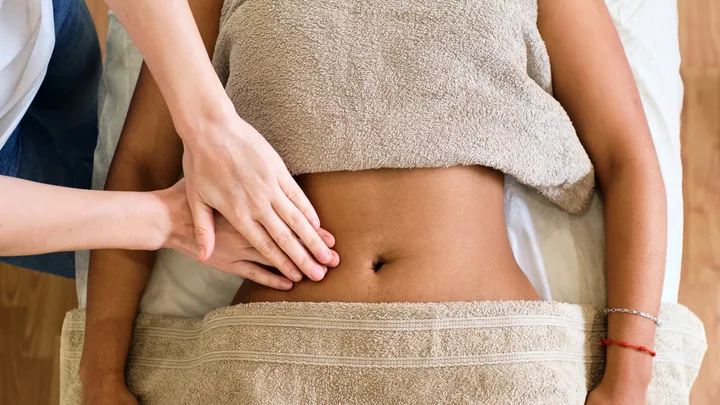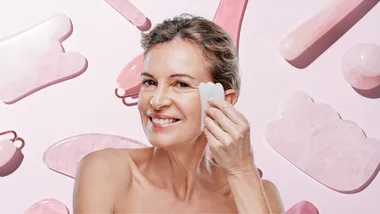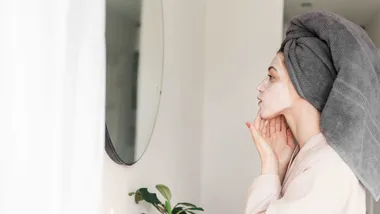Looking for a natural way to appear more energised and glowing? Lymphatic drainage might just be the self-care ritual you’ve been missing from your routine. This cult-favourite therapy, adored by stars like Anne Hathaway and Jennifer Aniston, is more than just a beauty buzzword; it’s a rejuvenating treatment designed to support your body’s natural detoxification processes.
You don’t have to be an A-lister to enjoy the benefits, though! Whether you’re looking to boost circulation, reduce bloating, or simply indulge in a little self-care, this gentle yet effective massage technique might just be your new best-kept beauty secret.
What is a lymphatic drainage massage?
A lymphatic drainage massage is designed to encourage the natural movement of fluid in the body. It is a specialised type of massage that can help your body do what it does best: flush out toxins.
The massage will usually involve light, rhythmic strokes, strategically stimulating the lymphatic system to help your body clear away waste and reduce excess bloating.

What are the benefits of a lymphatic drainage massage?
There is a range of benefits to a lymphatic drainage massage. First and foremost, a lymphatic drainage massage will benefit those with lymphedema (a condition that results in swelling of the arms and/or legs). However, it can also be great for those wanting to get rid of excess fluid in their bodies.
Reduced swelling and alleviated bloating are some of the most common benefits, but the massage may also improve circulation and enhance the immunity of body. Of course, a massage will also leave you feeling relaxed and refreshed afterwards, leaving a calming effect on the nervous system.
Are lymphatic drainage massages safe for everyone?
Generally, lymphatic drainage massages are safe. However, it is not recommended for those with a history of blood clots or stroke, liver or kidney problems, cellulitis, deep vein thrombosis or heart disease.
If you have skin that has been damaged by radiation therapy or have cancerous tissue, it is best to avoid a lymphatic drainage massage.
It is always best to speak with a medical professional before receiving treatment.

Can you do it at home?
While receiving professional treatment will offer the best results, a variation of lymphatic drainage massage can still be done at home. There are various ways you can incorporate lymphatic drainage into your routine, including dry brushing on the body or gua sha on the face.
To start, activate the areas that you will be targeting, such as collarbones, armpits, groin and behind the knees, by gently pressing the lymph nodes a few times. Then, it is recommended to use the palm of your hand to slowly move the fluid underneath the skin towards the lymph nodes.
This includes stroking upwards from your wrist to your armpit, and from your ankles up towards your knees and thighs. The upward sweeping motions will encourage fluid to move towards the lymph nodes.
You can finish by using clockwise motions on your abdomen, which will help to stimulate the digestive system. Always ensure you stay hydrated when performing lymphatic drainage massages.



